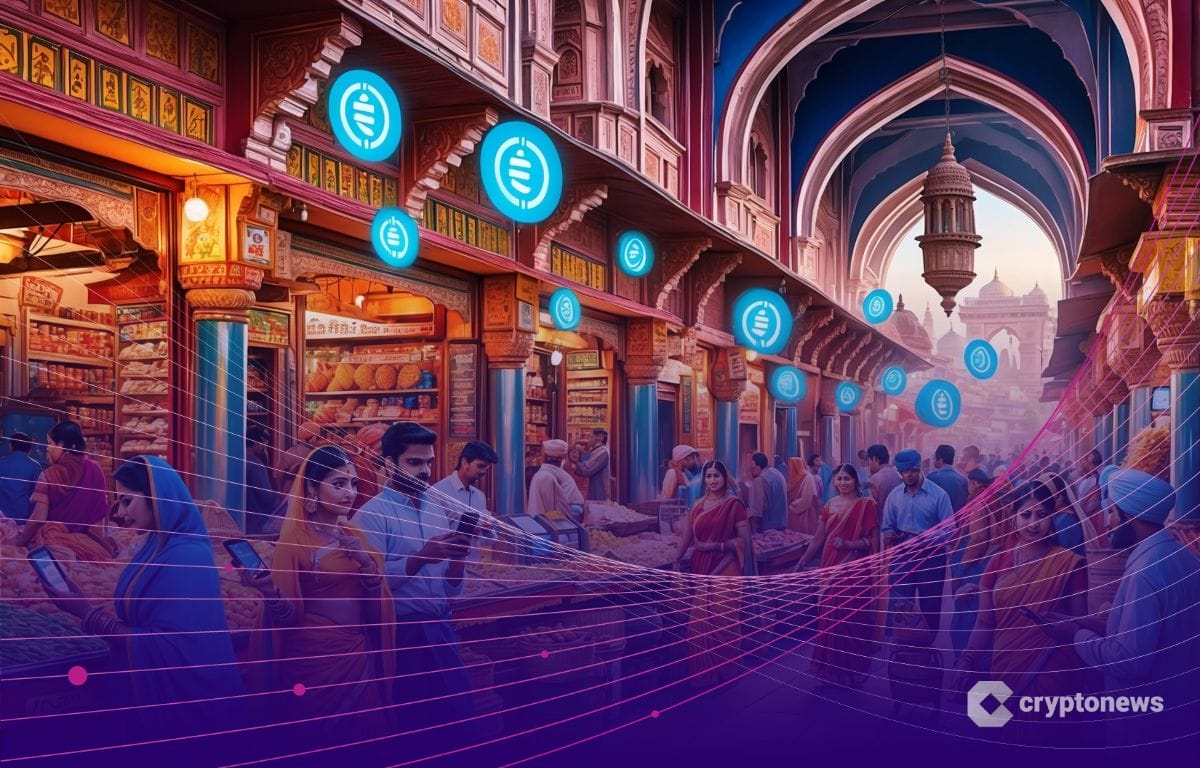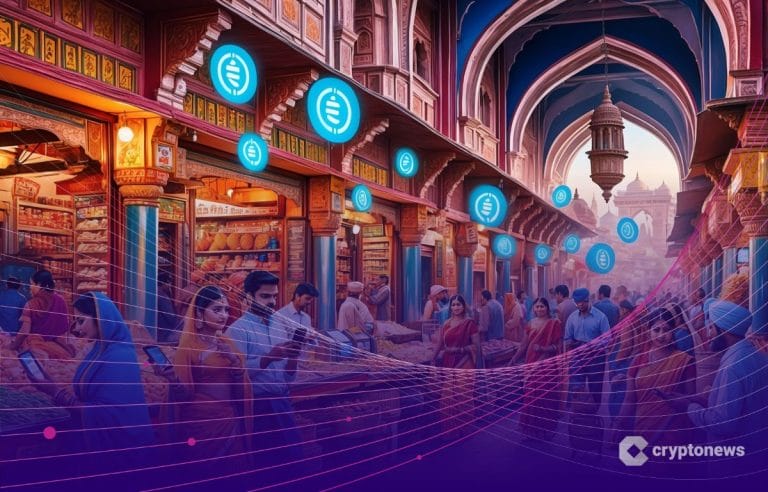Last updated:
 Why Trust Cryptonews
Why Trust Cryptonews

India is intensifying its efforts to enhance cross-border mobile payment systems and integrate central bank digital currencies (CBDCs) into its financial ecosystem.
According to a Bloomberg report, Reserve Bank of India (RBI) Deputy Governor T Rabi Sankar announced ongoing collaborations with nations like Sri Lanka, the UAE, Bhutan, and Nepal, aiming to establish seamless cross-border payment platforms.
“We have one arrangement with Sri Lanka. We are working out with other countries like UAE and some neighboring countries as well,”
The RBI is also actively partnering with ASEAN central banks to create a regional instant payment framework.
Despite significant advancements, RBI officials, including Sankar, emphasized a cautious approach, indicating that the Digital Rupee’s wider public rollout will only proceed after thorough impact assessments on banking systems and monetary policies.
Cross-Border Mobile Payments: How India Set to Use CBDCs
India has already forged payment agreements with Sri Lanka, Bhutan, and Nepal, while discussions with the UAE and other neighboring nations are underway.
These partnerships aim to facilitate instant settlements, improve trade efficiency, and lower remittance costs for millions of Indian expatriates in these regions.
This vision includes ongoing collaborations with ASEAN central banks and plans to establish an integrated payments network under the framework of Project Nexus, an initiative by the Bank of International Settlements (BIS).
India’s flagship Unified Payment Interface (UPI) is pivotal in these developments.
The UPI is recognized for its scalability and efficiency and has become a model for instant payment systems globally.
India and its ASEAN counterparts aim to establish a regional payments platform by 2026 by integrating UPI with similar systems like Singapore’s PayNow, facilitating seamless transactions across borders.
However, challenges remain. Ensuring compliance with anti-money laundering (AML) and combating the financing of terrorism (CFT) regulations has been vocally stressed.
The RBI is addressing these through rigorous pilot programs and by integrating advanced security measures into its payment systems.
The Digital Rupee and Its Future
The Digital Rupee pilot, launched in 2022, has garnered attention for its potential to revolutionize cross-border trade and remittances.
With approximately five million users participating in the pilot, the RBI has focused on testing security protocols and evaluating the currency’s impact on financial stability and monetary policy.
RBI officials view CBDCs as a transformative tool for modernizing financial systems.
Unlike cryptocurrencies, CBDCs are issued and regulated by central banks, ensuring sovereign stability and reducing risks associated with market volatility.
The Digital Rupee’s offline capabilities also cater to rural areas with limited internet access, furthering financial inclusion.
Despite these advantages, the RBI remains cautious about a full-scale rollout.
Deputy Governor Sankar emphasized the importance of understanding the long-term implications of CBDCs before committing to a timeline.
“We are in no hurry to roll it out immediately. Once we have some visibility of what the outcome or impact will be, we’ll roll it out. We don’t keep a specific timeline for that.”
This cautious rollout follows a recent report that the RBI is adopting a mindful approach to the rollout of its CBDC, the e-rupee.
The e-rupee was launched in December 2022 and has seen slow adoption, with just 1 million retail transactions by mid-2024, despite incentives like salary disbursements via CBDC.
Despite many challenges, India’s e-rupee pilot has reached over 5 million users by mid-2024.
A recent report also suggests that India may ban cryptocurrencies like Bitcoin and Ether to explore the adoption of CBDC.





















